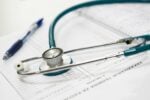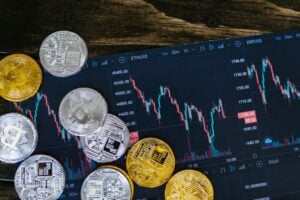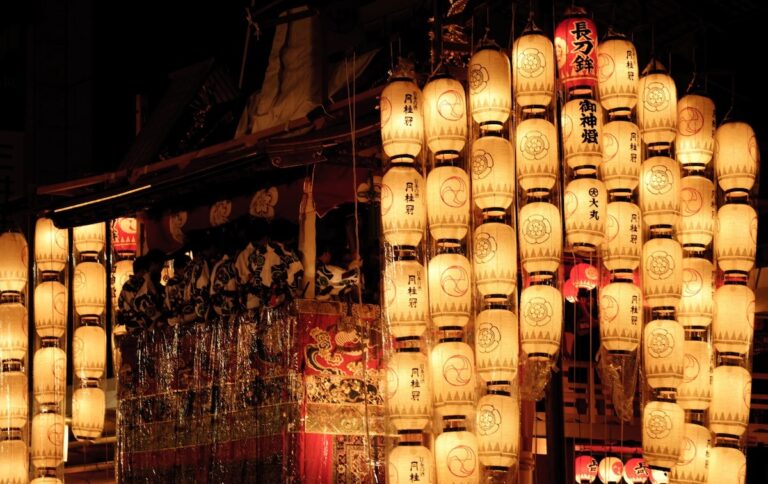
There’s no denying that summers in Japan can be hot, humid and oppressive. Despite this, there are some definite upsides to summer, one of which is that it’s the season for summer festivals. Japan has no shortage of festivals, with an estimated 200,000 of them taking place in different parts of the country throughout the year. Summer festivals in particular are an important fixture of the calendar with many of them having histories that stretch back to ancient times.

Many summer festivals are religious in origin, with ties to temples and shrines. These are often held to venerate deities and spirits. August in Japan is the time of Obon, a buddhist holiday to celebrate the deceased and along with many other customs, some festivals are held to celebrate this. Fireworks festivals are also very popular in summer with many places holding spectacular displays in July and August. In this article, we look at some of the major summer festivals in Japan with a brief look at their origins and the dates and places they are held.
Gion Matsuri
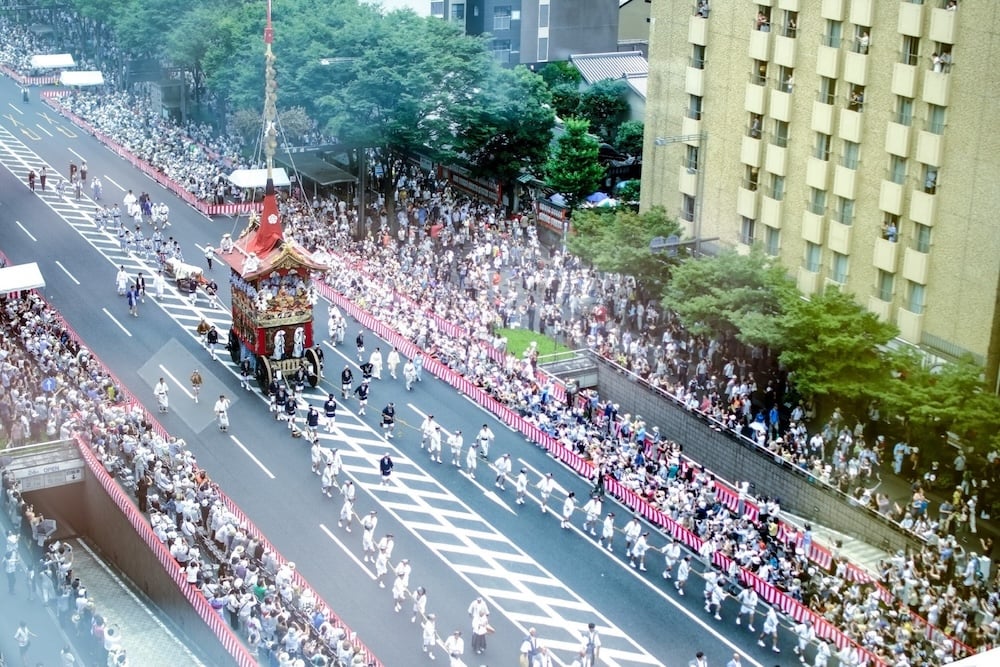
Kyoto’s Gion Matsuri is one of the most famous summer festivals in Japan, taking place over the course of July with two major parades happening on the 17th and 24th of the month. The festival is hosted by the Yasaka shrine in Gion and has a long history having been held regularly since the year 1000 AD. The festival was originally held as a ritual to placate spirits responsible for plague and its main parades involve large floats being pulled through central Kyoto.
The floats of the Gion Festival are its big feature and are called Yamaboko with some of them being as large as twenty five metres tall. They are impressively decorated and represent various deities and events in Japanese history and mythology with each float having a specific motif and meaning. For three days prior to each parade, these floats are on display on the streets of Kyoto and can be viewed close up. During the parades, the floats are pushed and pulled through the streets of Kyoto. The parade on the 17th is larger than the one on the 24th and is considered the main parade though the one on the 24th is also well worth attending. Various other events are held throughout the month of July in line with the festival though the parades are considered the main spectacle.
Sumidagawa Fireworks Festival
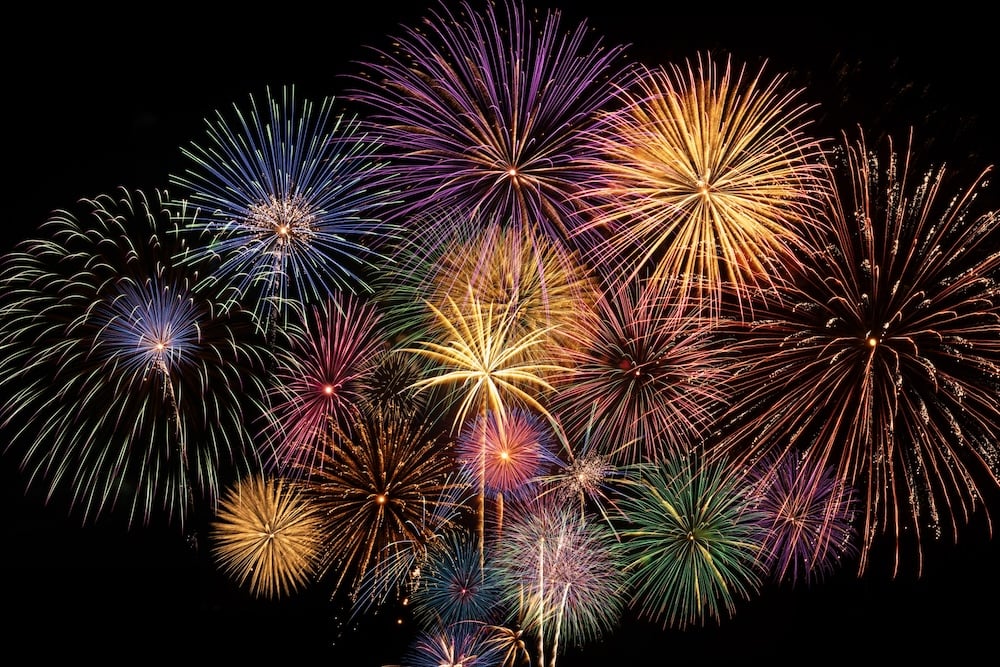
Of course, Tokyo has many summer festivals but the biggest summer event is probably the Sumidagawa Fireworks Festival. Fireworks festivals are a mainstay in summer throughout all of Japan and this one is the biggest and most famous. The festival has its origins in 1733 as a ceremony to ward off evil spirits and to protect the population from famine and as such, is one of the oldest fireworks festivals in the world.
The event is held on the last Saturday of July and many people attend wearing yukata while having picnics along the river. The event itself goes for 90 minutes from 7pm to 8:30pm though as it draws huge crowds each year, many people go quite a few hours early to try and get a good viewing spot. The fireworks light up the Tokyo evening and typically, over 20,000 are launched during the event.
Awa Odori Matsuri
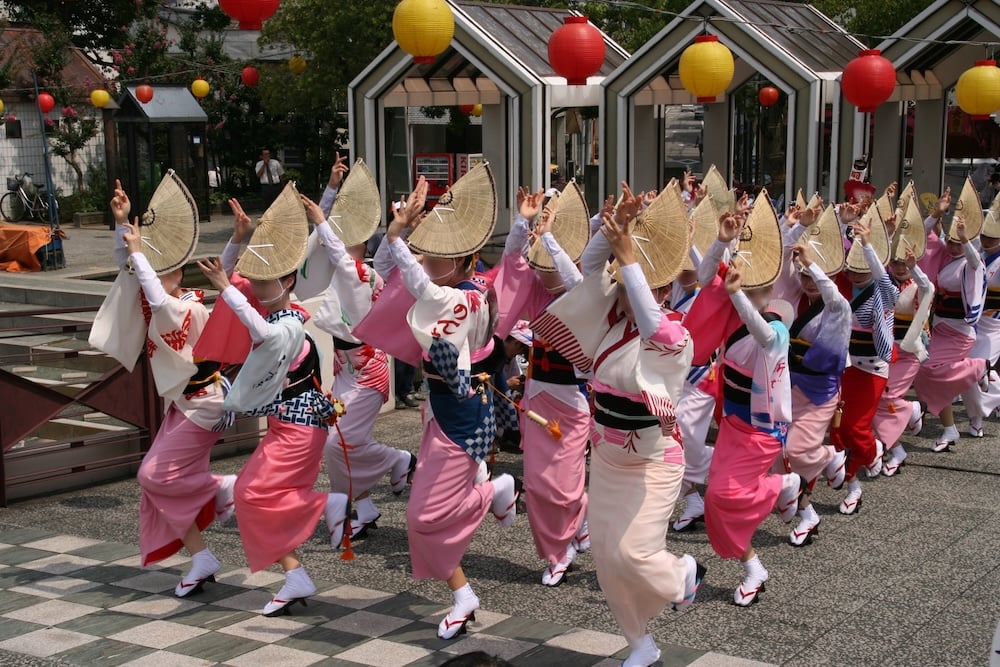
The Awa Odori Matsuri takes place in Tokushima in Shikoku between August 12 to 15. This is the most famous traditional dance festival in Japan and is held to celebrate Obon, a Japanese Buddhist holiday to honor the spirits of the deceased. Awa is the historical name for Tokushima prefecture and the Awa Odori grew out of the Bon Odori, a traditional dance performed throughout the country during Obon. What makes the Awa Odori different is the sheer scale of it, with the Awa Odori festival attracting large groups of people from throughout Japan to participate as dancers.
During the festival, the groups of dancers dance in a procession through the streets of Tokushima city to traditional music. They dance in formation or individually wearing bright costumes with dances happening both during the day and night. The city takes on a festival atmosphere with many food stalls and crowds in the streets. The Awa Odori Matsuri is a hugely popular festival with people coming from all over the world to see it. The festival is so popular that a smaller version of it is held in Tokyo each year in Koenji in late August so even if you can’t make it to Tokushima, there’s still a way to see it.
Tenjin Matsuri
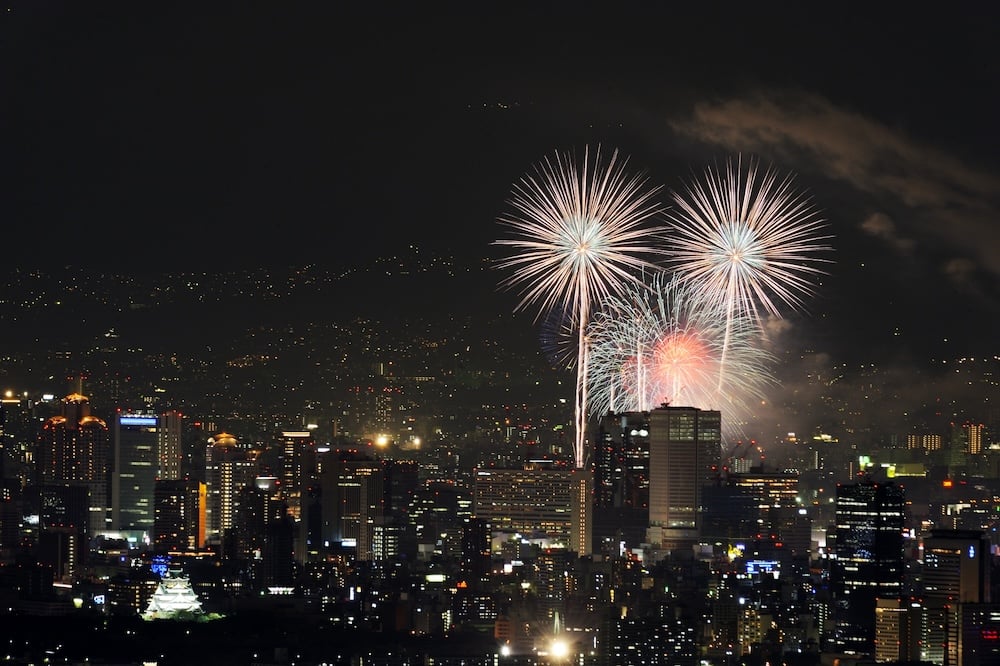
Considered Osaka’s biggest summer festival and one of the top three festivals in Japan, the Tenjin Matsuri is held on the 24th and 25th of July. Spanning two days, the festival celebrates Tenjin, a shinto god of learning who is enshrined at Tenmangu shrines throughout Japan. The Osaka Tenmangu shrine is the center of this particular festival.
Like many other festivals, the Tenjin Matsuri involves a parade with a mikoshi, a palanquin believed to transport a deity or spirit. After travelling through the streets, the Tenjin Matsuri parade eventually boards a boat and culminates in a large procession of riverboats along the Okawa river. The river banks are lined with food stalls and the festival concludes with a huge fireworks display on the night of the 25th. Naturally, the festival draws huge crowds each year with over a million people attending.
Aomori Nebuta Matsuri
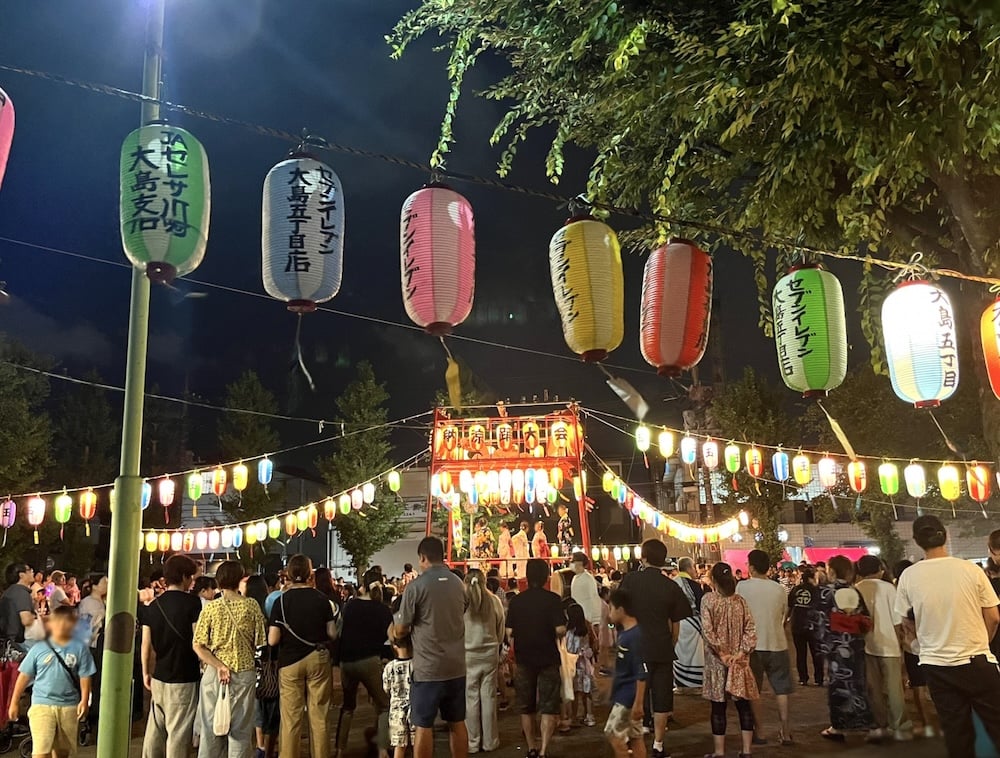
The Aomori Nebuta Festival is the biggest summer festival in the Tohoku region, with an estimated 3 million people attending each year. Like many summer festivals in Japan, this one takes the form of a parade of floats. These specific floats are called nebuta and take the form of huge, brightly lit constructions depicting a range of cultural figures. The nebuta can take up to one year to design and build and are truly impressive things. They are paraded through the streets accompanied by people playing traditional instruments and dancers. Unusually, attendees are also free to join in the parade as dancers provided they have a traditional costume which can be bought or rented at the event.
The origins of the Aomori Nebuta festival are somewhat unclear but it is believed to be an offshoot of Tanabata, a star festival originating in China that is celebrated in Japan in July. Regardless of its origins, the Aomori Nebuta festival takes place each year from August 2nd to the 7th with the parades taking place each night throughout the festival and during the day of the 7th.
Summer festivals are an important part of Japanese culture and something that many people in Japan look forward to every year. Even if you can’t attend one of the major ones mentioned in this article, there are so many to choose from that you can no doubt find one close to you during the summer months. While going to a summer festival might not help you beat the heat of a Japanese summer, you’ll certainly have a great time attending one.


